Every business today uses software products to simplify mundane, admin-heavy tasks. Companies with less than 50 employees use an average of 16 SaaS applications, whereas organizations with over 1,000 employees use 177 SaaS applications!
But what stings is investing in a SaaS product only to realize the team never uses it! When the product isn’t implemented well across the organization, your teams will never realize its value, and it’ll keep adding to your SaaS spend.

If you want team members to adopt your tool into their tech stack, you must master the art of successful SaaS implementation.
Scroll ahead to learn about the SaaS implementation best practices you must follow to drive product adoption.
What does SaaS Implementation Mean?
SaaS implementation is the process of fully integrating a new software application into an existing workflow in a phased-out manner until it is used to its fullest potential. Implementation of SaaS products varies on several different aspects. However, at its core, SaaS implementation includes:

A successful implementation means businesses have streamlined workflows, cut costs, and boosted productivity. For instance, if you are adopting a new sales CRM platform, you must ensure that the sales team has complete clarity on how to use it.
SaaS implementation can be as simple as providing the client with onboarding materials and an interactive product demo or as complex as a month-long implementation period to integrate your software into their current IT infrastructure.
Types of SaaS Implementation Process
Software implementations differ mainly based on two aspects:
- Your product complexity
- Your client’s company size
Let’s take Hubspot as an example. If an organization of less than 50 employees uses Hubspot, the integration is simple enough to implement without assistance. However, if a large corporation with 10,000+ employees uses the product, Hubspot must provide serious implementation planning to manage multiple integrations, security, onboarding, etc.
Let’s dive into the 3 types of SaaS implementations:

1. Self-guided SaaS Implementation
When the product is easy to use and doesn’t have many complex features, you can either automate or manage the implementation process on your own.
This holds true for tools that don’t need deep customization or multiple integrations. Implementation is no-touch or low-touch on your end as long as you provide:
- Clear in-product setup/onboarding sequence
- Instructional onboarding emails
- Thorough help documentation
- Access to your support team
- Personalized demos
Find out how Whispli used personalized demos to give prospects a complete picture of their product in just 15 minutes.
2. Enterprise SaaS Implementation
If you’re part of an enterprise, you’d require a more hands-on approach when implementing SaaS products into your tech stack. In these cases, software implementation will include:
- IT implementation
- Security compliance
- Admin/leader training
- Integration with other tools
- Creating employee accounts
- Provisioning and single sign-on (SSO) setup
- Employee communication and training
The best example is Salesforce, a company offering a suite of products and integrations for sales, marketing, and customer support. At first, these products would seem complicated, so a company must hire Salesforce consultants to train employees and install the product according to the proper security metrics and privacy standards.
In such cases, you must ensure your SaaS implementation is thorough and to the point where your team members should ultimately feel comfortable using the product.
3. Hybrid SaaS implementation
Most software implementations fall under this category. If you have a simple product that hundreds of employees will use, you can provide self-guided product demos, help videos, or a live training session.
Checklist to Implement Your SaaS Product
Implementing Software as a Service (SaaS) can be complex, but having a well-structured checklist can help ensure a successful deployment.
Here are the critical points for a SaaS implementation checklist:

Let’s have a look at each of these steps in detail:
Set SMART Goals for SaaS Implementation
While this is the most obvious advice given, it is also the most overlooked. Clearly define your goals and expectations for the SaaS implementation. Identify the specific problems or needs the SaaS solution should address. Using the SMART Goals method is the best way to ensure successful SaaS implementation.

Here are a few examples:
Specific: Define precisely what you want to achieve with the SaaS implementation.
Example: "Implement a customer relationship management (CRM) SaaS solution to improve lead conversion rates and customer retention."
Measurable: Establish concrete metrics to track your progress and success.
Example: "Increase lead conversion rates by 20% and improve customer retention by reducing churn by 15% within the first 12 months of SaaS implementation."
Achievable: Ensure that your goals are realistic and attainable, given your resources and constraints.
Example: "Allocate a budget of $50,000 for SaaS subscription and training, and designate a cross-functional team to manage the implementation."
Relevant: Make sure your goals align with your organization's broader objectives and are relevant to the SaaS solution being implemented.
Example: "Enhance customer relationships through the CRM system to align with our company's strategic focus on improving customer satisfaction."
Time-bound: Set a specific timeframe for achieving your goals.
Example: "Achieve the specified lead conversion and churn reduction targets within the first 12 months of implementing the CRM SaaS solution."
Additional Goal for Training: To ensure effective adoption of the SaaS solution, you can also set a goal related to training and user proficiency.
Example: "Provide training to all relevant employees within the first 2 months of SaaS implementation, ensuring that 90% of users can proficiently use the CRM system."
Data Security Goal: Given the sensitivity of customer data, set a goal related to data security.
Example: "Implement robust data security measures to ensure compliance with industry standards and regulations, such as GDPR, within the first 6 months of SaaS implementation."
Cost Control Goal: To manage expenses, consider a cost-control goal.
Example: "Optimize the SaaS solution's usage and cost by conducting a quarterly review, identifying opportunities to reduce expenses while maintaining performance."
Assign an Implementation Manager
There are multiple stakeholders involved in purchasing a SaaS solution, be it a team lead or a procurement team. Regardless of who owns the purchase, it’s essential that the same person or team always manages the implementation of these new software tools.
The implementation manager is typically part of the IT team. They then collaborate with other teams on the software rollout, such as with a sales team leader responsible for training their staff.
Focus on Core Features First
Most SaaS solutions want to offer an “all-in-one” solution from the get-go and add multiple features to the platform. A wide range of features might seem appealing initially, but it's often the cause of complex implementations. The more features you want to adopt, the harder it becomes to implement everything properly.
Let's say you're implementing a new sales CRM. You wouldn’t directly jump to personalization because you need first to train sales reps to use simple pipeline functionality, send emails, and make calls from within the platform. Once they've got this down, move on to more complex tasks like personalized outreach and designing automated lead nurture sequences. Leave the "nice-to-haves" for later to avoid getting lost in the implementation process.
Integrate with Existing Tech Stack
Using different SaaS products and constantly switching between each of them can get time-consuming. You need to make sure your tech stack integrates seamlessly, allowing you to smoothen business operations. For example, If you are using Slack and want to invest in a project management solution, make sure the products you use integrate with Slack so that your team is aware of the projects in their pipeline.
Design a Rollout Plan
Use the goals and milestones you've set to design a roadmap for rolling out the new software tool and training relevant team members. For example, implementing a new CRM platform for marketing, sales, support, and success teams is a large-scale rollout. A good strategy can be to stagger implementation across the teams.
This plan should also include details on how to approach training. For instance, will the training be the domain of the department head or the IT leader responsible for SaaS implementation? Will this training be conducted in a group or individually, in person or online? Answer these questions in your rollout blueprint so all stakeholders and team members know how to educate users.
User Training
Develop a training plan for employees to ensure they can effectively use the SaaS solution.
“The path to successful SaaS implementation isn’t all smooth. The resistance to change among team members poses a significant challenge. The best way to overcome this is to implement comprehensive training programs and conduct regular sessions to educate the team on the benefits of the new system.” Fawaz Naser – CEO, Softlist.io
Create a knowledge base on your website where users can easily find their answers without contacting your support team.

While reading through loads of documentation can get tedious, another great way to train first-time users is to embed demos on different platforms where they can easily get all the answers without the endless scrolling.
User Feedback
“What gets measured, gets managed,” and user feedback is the best way to track SaaS implementation. Encourage feedback from team members to improve user adoption. Address issues and incorporate suggestions where required. Create feedback mechanisms such as sending out surveys or having feedback sessions to capture input on the SaaS solution's performance and effectiveness.
Here are a few questions you can ask:
- How would you rate your overall experience with the new SaaS platform on a scale of 1 to 10?
- Are there any features or functionalities of the platform that you find particularly valuable or useful for your day-to-day tasks?
- Has the SaaS platform positively impacted your team's productivity or efficiency? If so, can you provide examples?
- How well does the platform integrate with other tools and software you use in your daily workflow?
- Are there any security concerns or data privacy issues you've encountered while using the platform? If so, please elaborate.
- How do you feel about the training and onboarding process for the platform? Were the resources provided sufficient for you to get started?
Measure Your Success
Finally, taking a breather and measuring your project's success is a must. You can review your project scope and check it against your results. Analyze the satisfaction level of your stakeholders (internal or external), user experience, and the time saved by implementing the new solution.
Google uses an interesting HEART framework where they can understand how users engage with their apps. You can follow a similar approach to understand the impact of your software implementation plan.

Saas Implementation Best Practices to Follow
Software implementation can get arduous, but you can simplify the entire process with a few tips in mind. Here are some best practices to keep in mind for a successful SaaS implementation plan:
Foster Open Communication
“Communication is key,” a phrase especially applicable in the business world. You and your team members must be on the same page throughout the SaaS implementation process.
Open communication keeps everyone informed on progress and ensures all concerns are addressed without major setbacks.
You can have regular calls to understand how users find the platform while keeping them in the loop about any new upgrades.
Manage Data Security and Accessibility
Data security is a major concern for businesses because data on the cloud is prone to cyber-attacks. Ensure that the solution offers robust security measures, like encrypted storage and two-factor authentication. Moreover, incorporating evolved pentesting methodologies to review data accessibility and controls can go a long way.
Tracking SaaS usage helps check who is using the software and for what purpose. You can ensure that data is used only for business purposes and not accessed by unauthorized users.
Ensure a Smooth Transition
Using a SaaS tool for the first time with zero instructions is like driving blind with the breaks cut off. You need to make sure your team members can have a smooth transition into using the platform. Implementation managers can make informed decisions that align with organizational goals, resources, and overall implementation objectives.
Here are a few ways you can help team members transition from the existing platform to the new one:
- Direct implementation: A complete switch to the new SaaS product immediately after removing the pre-existing solution
- Parallel implementation: Using both old and new software simultaneously until the transition is complete.
- Phased implementation: Migrating users or systems sequentially, with each stage building upon the previous one.
- Incremental implementation: Migration is done in phases, usually by functionality.
Monitor Implementation Regularly
Implementing your SaaS solution is never a one-and-done ordeal. You want to make sure that the implementation project goes the way it was promised, which is to improve and streamline operations. You could set up monitoring tools and metrics to track your new app’s performance.
But don’t expect positive outcomes immediately after the initial rollout plan. You can track key performance indicators, such as customer satisfaction or operational costs. This allows you to measure your SaaS adoption’s success and identify improvement areas.
Wrapping Up (+FAQs)
Rolling out new software in a business is never easy. Delivering a successful SaaS implementation relies on many aspects, from collaboration to training to regular monitoring. With product adoption being a core factor in successful software implementation, you must put your users at the center and ensure they can use your product with no hassles.
Want to know how Storylane can help improve product-led growth with interactive demos? Book a call with us today to find out how we’ve helped 700+ customers show their products in an engaging way.
Q1. What is SaaS Implementation?
SaaS implementation involves the integration of software into an organization's existing IT infrastructure. It involves tasks like planning, selecting the right SaaS provider, configuring the software, integrating it with other systems, testing, training, and deploying it for use. For example, incorporating a VPN can help ensure secure connections and data transfers across all your SaaS applications.
Q2. What are the steps of a SaaS implementation?
The steps of a SaaS implementation are as follows:
- Planning: Define objectives and requirements.
- Configuration: Set up the software to meet needs.
- Integration: Integrate with existing systems.
- Testing: Ensure functionality and security.
- Training: Train users on the new software.
- Deployment: Roll out the SaaS to users.
- Monitoring: Continuously monitor performance and security.
Q3. What are the three methods of implementation?
The 3 methods of SaaS implementation are:
- Self-guided SaaS Implementation
- Enterprise SaaS Implementation
- Hybrid SaaS Implementation

.svg)
.svg)







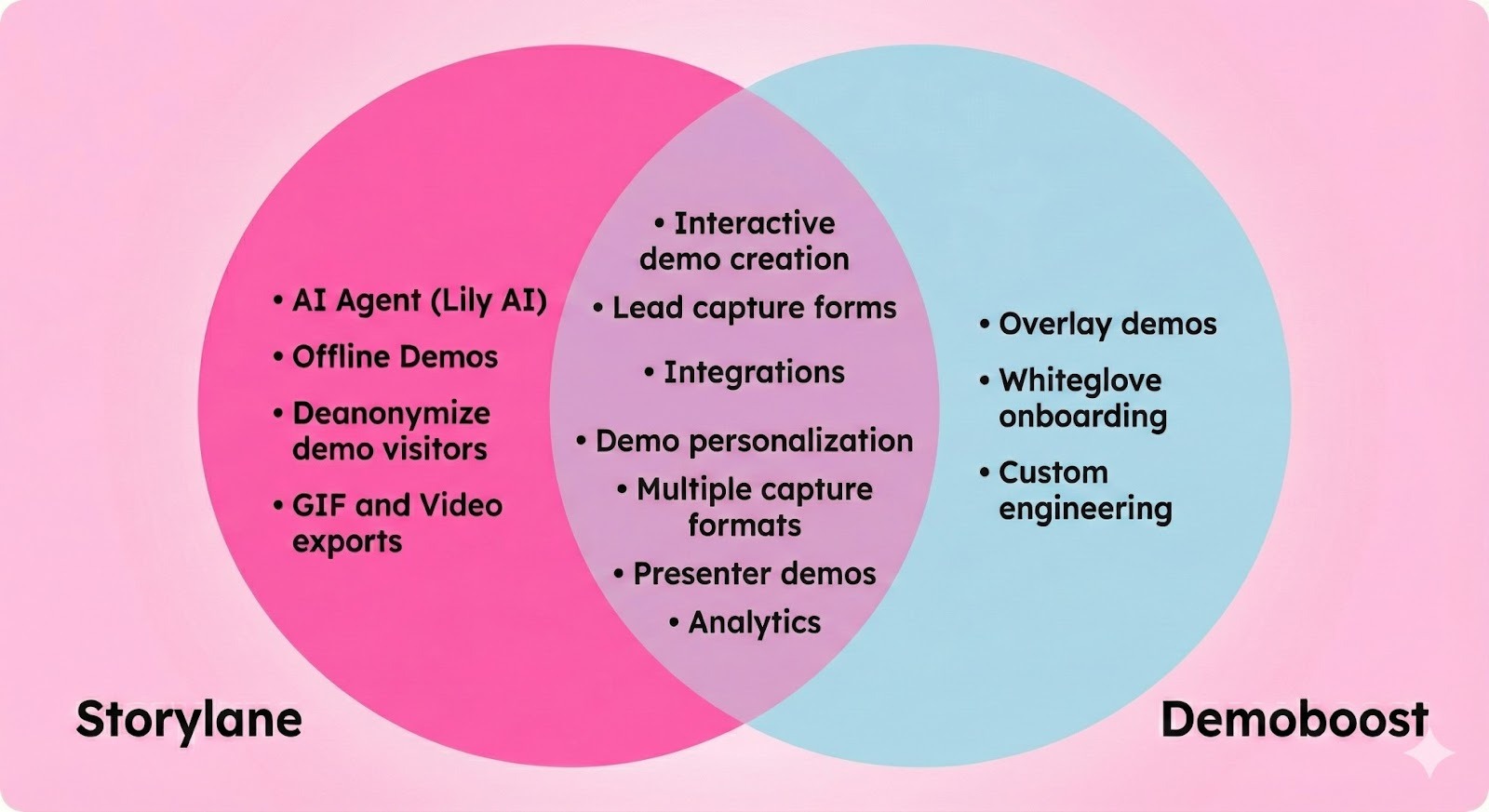

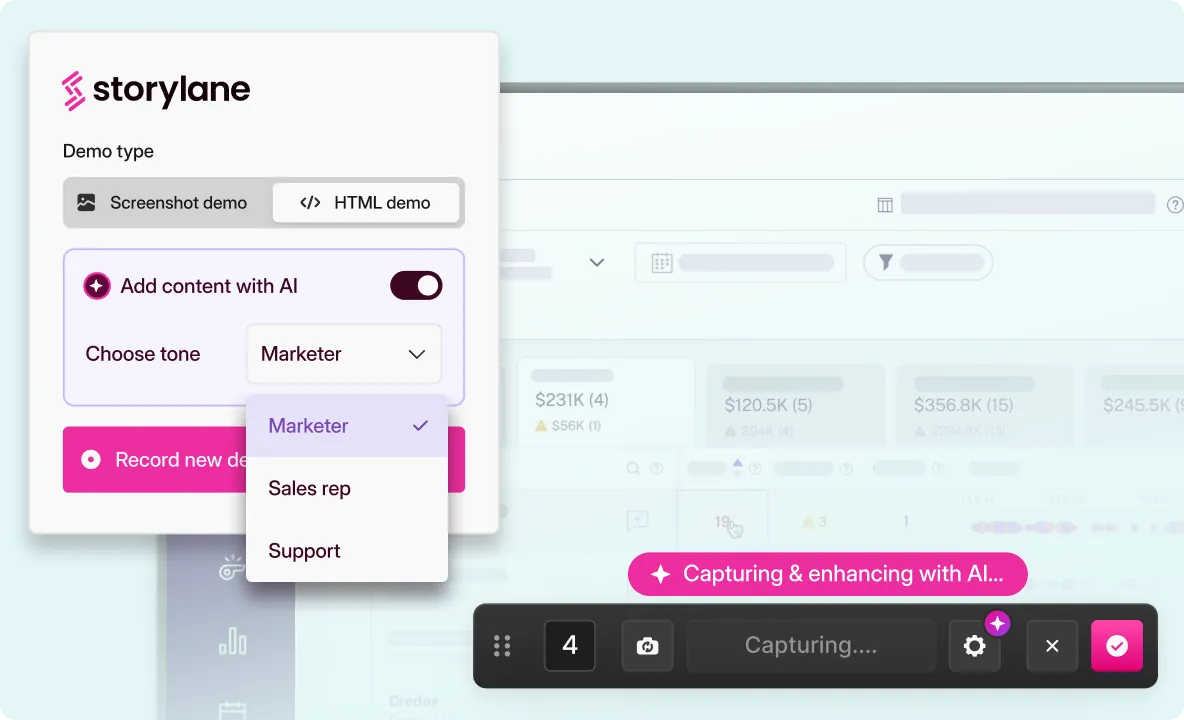



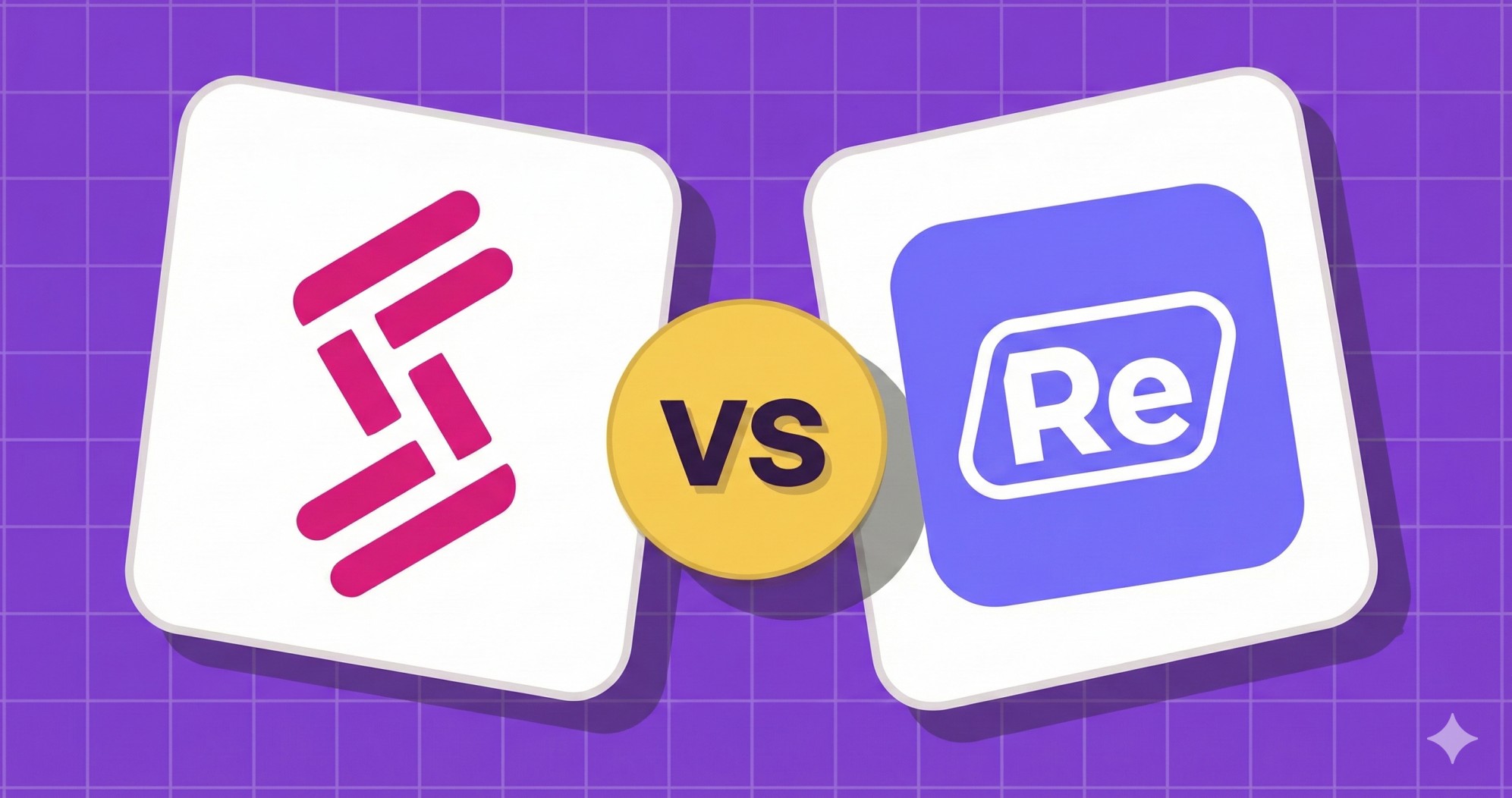
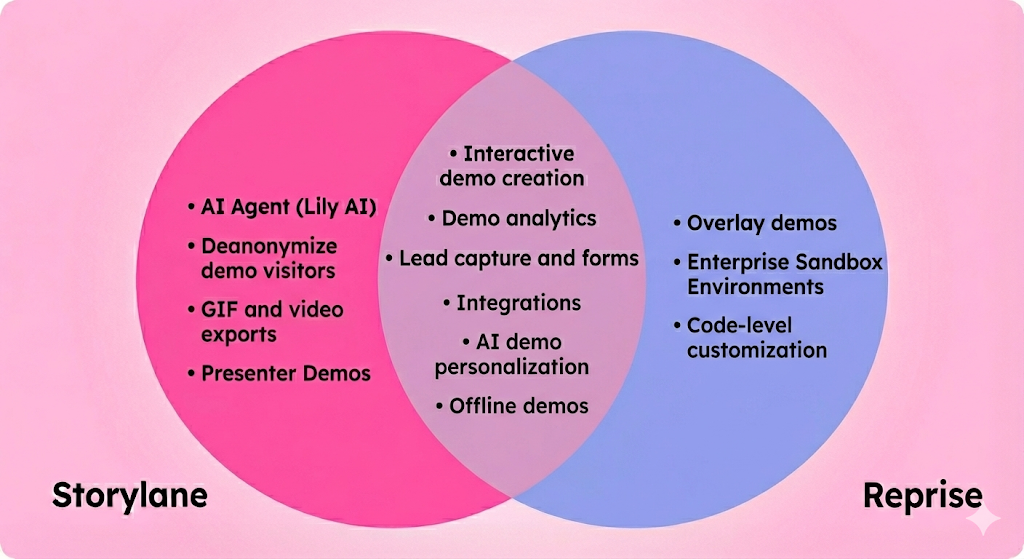
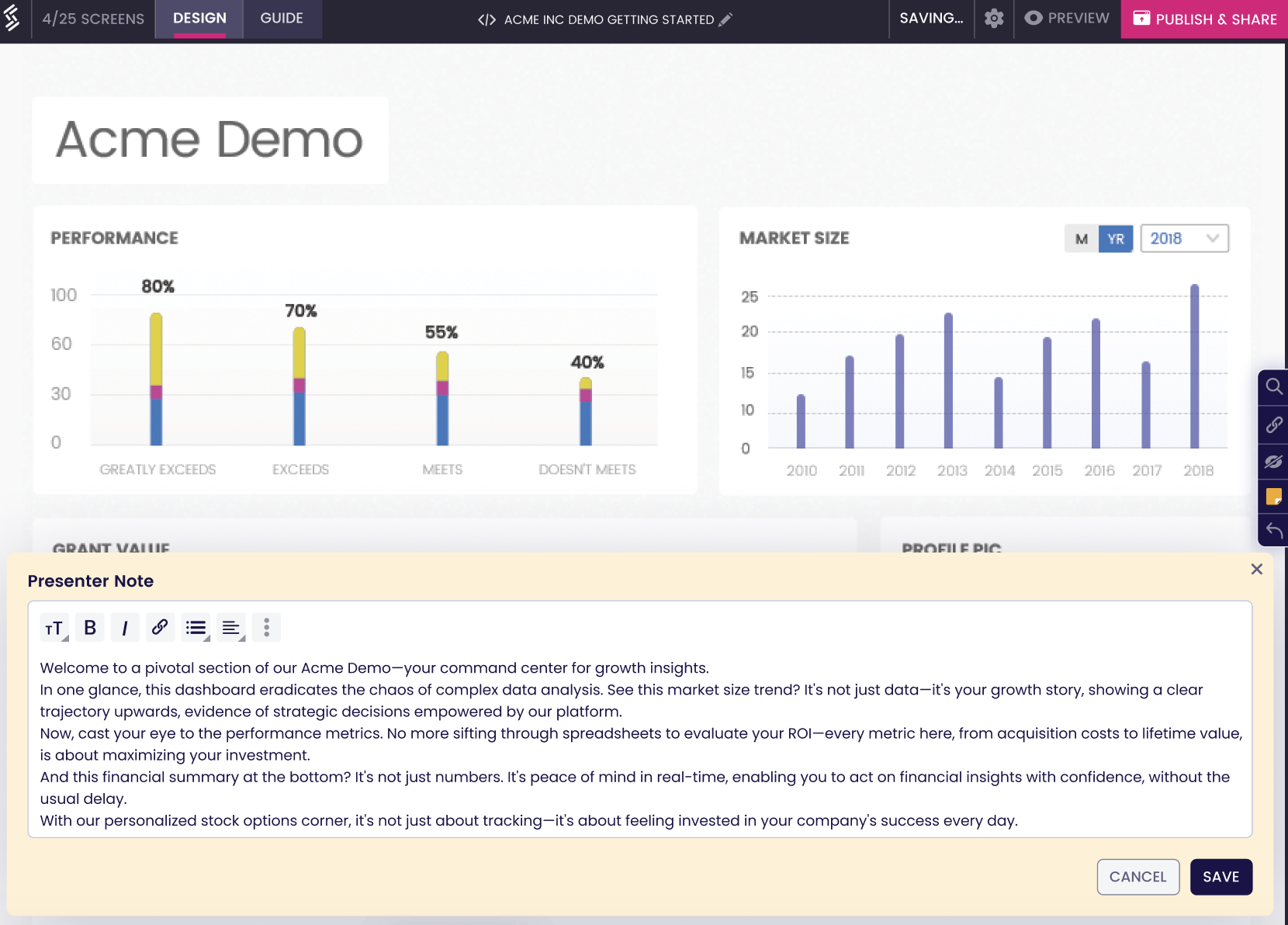










.svg)

.webp)